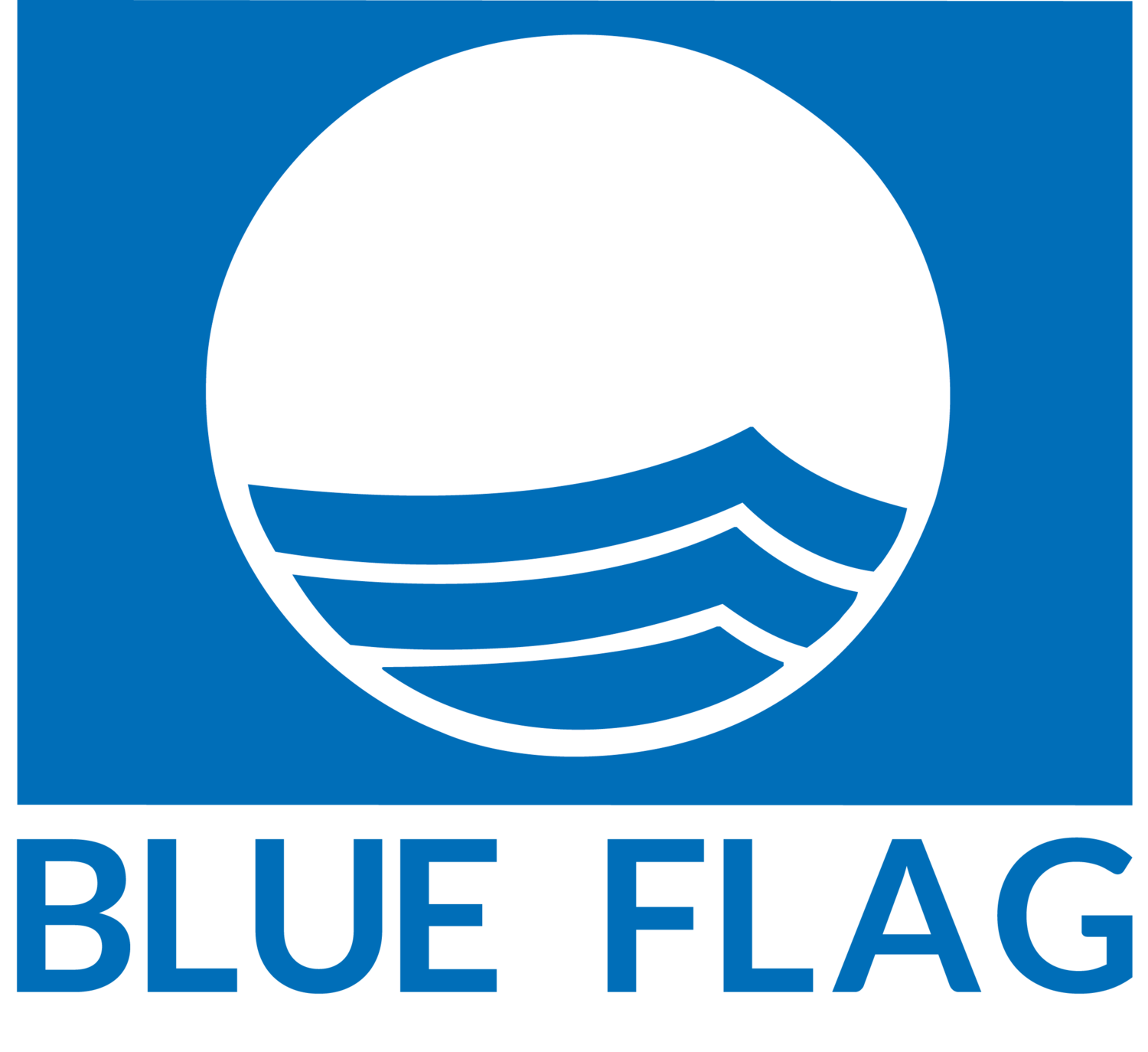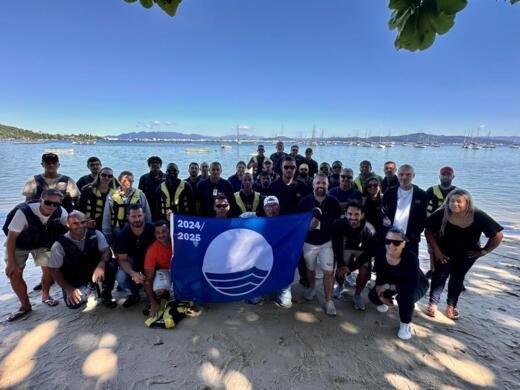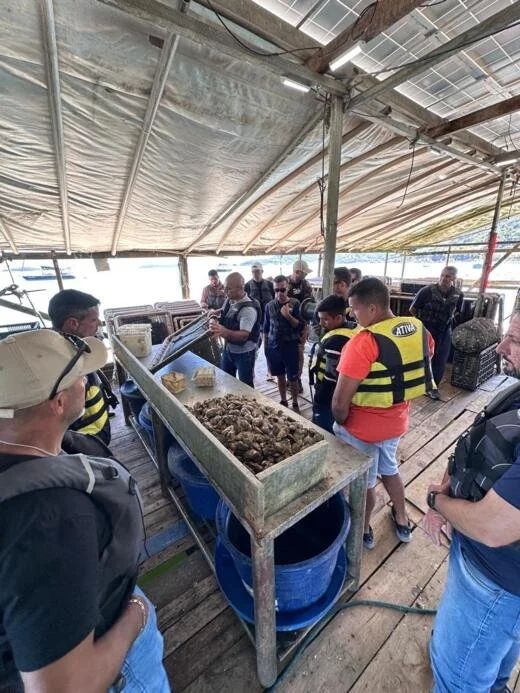Country: Brazil
Site: Late Clube de Santa Catarina-Centro
Target: Practitioners, Professionals, Local communities and residents
Short Description
The Blue Flag Program Management Committee of the Iate Clube de Santa Catarina organized a technical visit to an oyster farm in Santo Antônio de Lisboa, Florianópolis, to explore the links between mariculture, the environment, and climate change. Santa Catarina, Brazil’s largest oyster producer, relies heavily on environmental stability, yet oyster farmer Leonardo highlighted rising mortality rates caused by El Niño, connecting the climate crisis directly to economic losses. Through direct engagement with farmers, observation of cultivation structures,and technical discussions, participants gained insight into how climate variations affect ecosystems, livelihoods, and food security.
To extend the impact, an educational video will share the lessons learned with the wider community, positioning mariculture as both a key element of the ocean economy and a symbol of climate urgency.
The activity served as an effective awareness-raising method and will be replicated as a model for future educational actions.
Goals
Understand the connection between climate change and the impacts on mariculture.
Value the oyster production chain as part of the coastal economy.
Encourage sustainable attitudes based on knowledge acquired in the field.
Reproducibility
The activity resulted in strong involvement among the members of the Management Committee and reinforced the Yacht Club's role in promoting coastal sustainability. The technical visit has already directly mobilized more than 40 participants, including staff and employees.
The message now has the potential to reach thousands of people on the club's digital platforms.


















